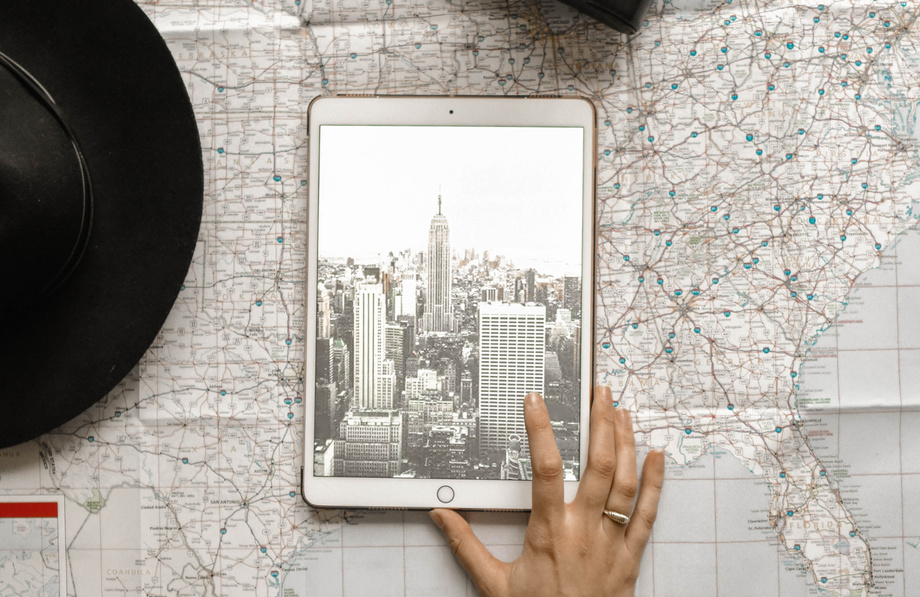Automated Pen and Ink Style Landscape Rendering
A software-based method for creating computer-generated renderings of 3D, digital geospatial elevation models that highlight interesting surface features in ways that shaded perspective models do not.
When “less is more”, pen and ink style landscape drawings are appealing alternatives to shaded landscapes. These non-photorealistic computer- generated renderings of landscapes provide a close analogy to the construction of traditional landscape line drawings by communicating specific, scientific information through a language composed of symbols with well understood meanings. This type of rendering uses the rules and constraints of generalization in order to establish a message for an image and furthermore focuses the viewers’ attention on that message. These drawings highlight essential aspects and features of a surface using a minimal number of line strokes. As such this research is just the beginning in exploring and automation of line-drawing techniques from masters such as Lobeck, Imhof, etc., and may provide an interesting nexus for the integration of artistic, geomorphological, and geometric principles for perspective renderings of landscapes.
This technology enables the creation of automated pen and ink style illustrations of landscapes from resampled digital elevation models (DEMs) in the style of line drawings. This is accomplished through the establishment of algorithms that extract information about features, such as silhouettes, creases and slope lines, from the data contained in the DEMs. These images, described as non-photorealistic terrain renderings, must account for both view-dependent (unique to the viewer) and view-invariant features (important visual cues regardless of the orientation to the viewer) in order to create a platform by which those elements can contribute to a more aesthetically pleasing and informative terrain representation.
The technology uses the following copyrighted software methodology to create the line drawings:
- Elevation samples from a grid cell DEM are selected.
- Polynomial B-spline surfaces are created based on the samples.
- Surface is tessellated into a set of triangles.
- Given a particular viewpoint, triangle edges are selected for rendering as silhouette segments.
- An edge of the drainage map is selected for rendering at a line width proportional to the illumination value and slope of its parent triangle.
- All line work is then rendered as black strokes on the B-spline surface.
Additionally, work is being done to expand upon the line rendering procedures for specific types of features allowing alternate interpretations for rock faces, glaciated terrain and other types of landforms. The program is implemented in C++, with graphical elements created in the OpenGL graphics hardware interface.
 Source: Element5 Digital, https://www.pexels.com/photo/1051077/, Pexels License.
Source: Element5 Digital, https://www.pexels.com/photo/1051077/, Pexels License.
- Provides the most natural appearing pen and ink style rendering of landscapes compared to other current research in this area.
- Amenable to be implemented as a web-based service, which allows for a platform of experimentation and collaboration across the internet.
A comprehensive landscape illustration package that highlights interesting surface features in ways that shaded perspective models do not.
There is a working prototype available for demonstration of this technology.
University at Albany’s Office of Innovation Development and Commercialization is currently seeking academic and corporate partners who may be interested in participating in development, licensing, or other commercialization of this technology.
Patent Information:
| App Type |
Country |
Serial No. |
Patent No. |
Patent Status |
File Date |
Issued Date |
Expire Date |
|